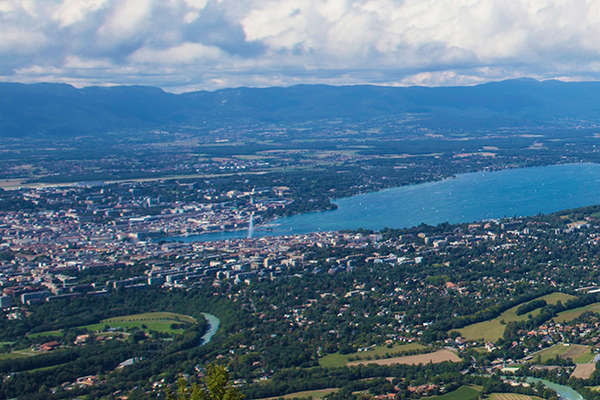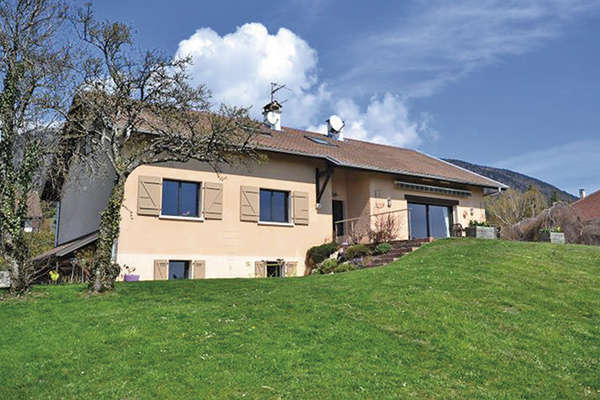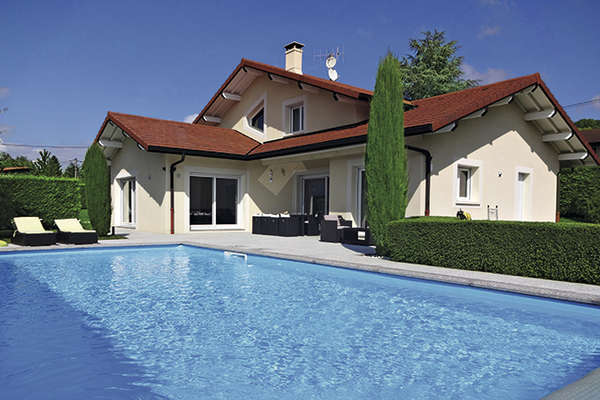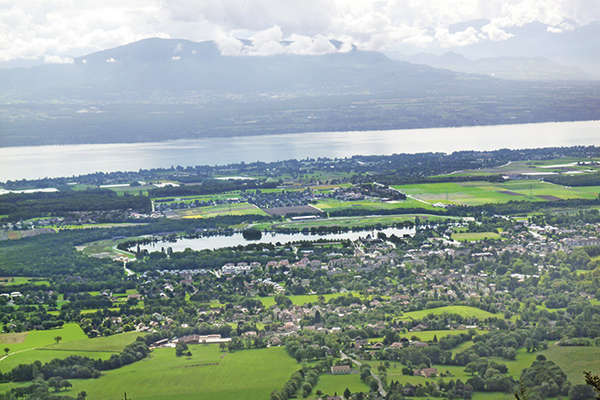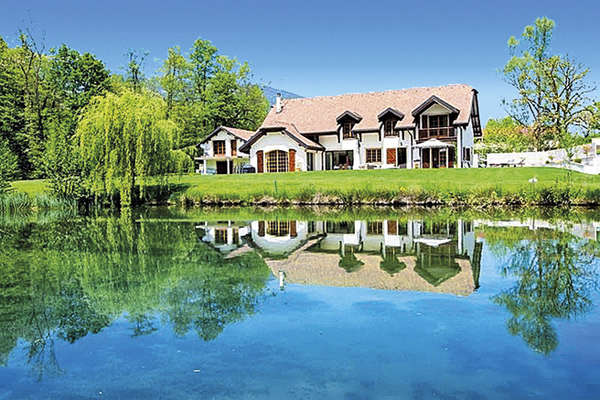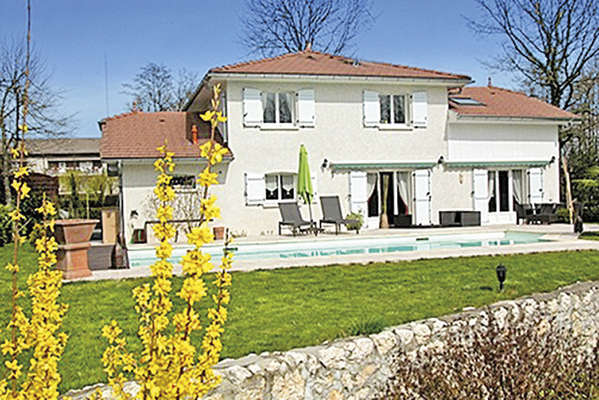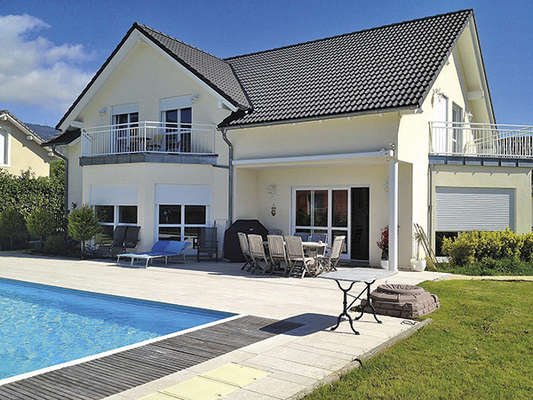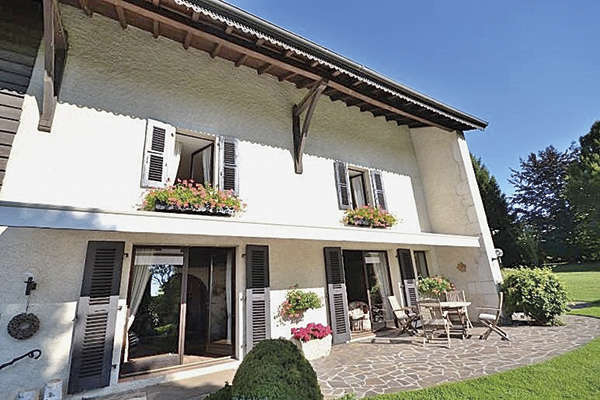Nantes, a city with lots of appeal
By Laetitia Rossi - 17 January 2013
The prefecture of the Loire-Atlantique is the leading economic hub of France’s “Great West”. It is home to 290,000 residents, 590,000 in the metropolitan area, known for its high rate of growth, one of the highest in the country. Here, a forward-looking economy translates into high living standards…
55 km from the ocean, the capital of Les Pays de la Loire, which has long been a thoroughfare between Brittany, La Vendée and Le Poitou, now benefits from air and TGV rail services. Focusing on high technologies, the city founded by the Dukes of Brittany is developing its sports and cultural facilities, while the university gives a place of honour to research. Nantes ranks first in French ratings for the agro-food industry, 2nd for aeronautics, and 2nd at regional level for finance. Also active in the timber industry, it has four poles of competitiveness : EMC2, Atlantic Biothérapies, Génie Civil (Civil Engineeering) and Images et Réseaux. From its rich past, it has retained an architectural heritage, winning it the “Villes et Pays d’Art et d’Histoire” label ; it also boasts a large protected area. Fans of tales by Jules Verne will want to visit the museum dedicated to his life and work. In 2004, this city dotted with parks and waterways was designated “the most pleasant town in Europe” by Time magazine. This year, it was awarded the title “European Green Capital”.
“Nantes’s real-estate market benefits from an excellent image conveyed to the outside world,” says Jérôme de Champsavin of Le Cabinet de Champsavin - Pierres et Caractère - Vivre Ici. “The current challenge concerns management of the hyper-centre, now offering a large area reserved for pedestrians. Visitors are certainly likely to find it pleasant in time, though accessibility may prove to be more complicated for people living in the immediate surroundings.” The property market is still buoyant, despite a 15-20 % decline in the volume of transactions. A wait-and-see attitude, prudence and rationality are the order of the day. Potential buyers are especially vigilant as to a property’s re-sale value. The period is, in fact, comparable to the first quarter of 2009, for both the local market and the top end of the scale. Still much in evidence, investors are prepared to pay 70,000 to 180,000 €, with a yield of about 4-5 % apparently acceptable given long-term prospects. The only fly in the ointment is the scarcity of properties in this price range, also targetted by first-time buyers. The majority of sales range from 180,000 € - bringing a renovated 2-bedroom apartment of 73 m2 in a substantial early 20th-C. building - to 250,000 € - the budget required for an apartment of 95 m2 in need of a revamp in Canclaux, with a lift, parking place and balcony. Very recent intra-muros properties with a full range of appointments cost around 4,500-5,000 € per sq. metre, while a 5-bedroomed family home with a lounge of 45 m2, three bathrooms, a study and garden of 250-350 m2, ranges from 2,700 to 3,500 € per sq. metre, ie. from 600,000 to 700,000 €. A spacious apartment of 150 m2 in a late 19th-C. building will fetch between 2,500 and 2,900 € per square metre, with spikes beyond 3,000 €. Some niche areas, such as Cours Cambronne, escape all logic in terms of pricing.
Thierry Blocquet of Zola Immobilier covers the neighbourhood between the centre and Saint-Herblain, “a lively, autonomous and diversifed area, comprised one-third of houses, two-thirds of apartments”. Procé, Canclaux, Zola, Durantière and Contrie are 10 minutes from the heart of town on public transport -tramway, chronobus and bus. Prices are still relatively affordable, and some houses can still be negotiated under the 3,000 € per sq. metre bar : apartments are pegged on average around 2,500 € per sq. metre. The agency’s recent transactions include a renovated old house of 128 m2, sold for 380,000 €, and an apartment of 75 m2 in a 1960’s residence, for 170,000 €. Lower prices observed between the third quarters of 2011 and 2012 do not exceed 8 % in the case of apartments, 5 % for houses. Suffering from a lack of visibility, sellers hesitate to place their properties on the market. A survey carried out by our estate-agent on a general information site showed a drop in new offerings in the month of December, 2012. Families like this neighbourhood with its extensive array of infrastructures, shops and services, especially as urban renovation is making good headway. A few micro-markets deserve a special mention : the immediate environment of the Saint-Clair Church and Place Danton.
